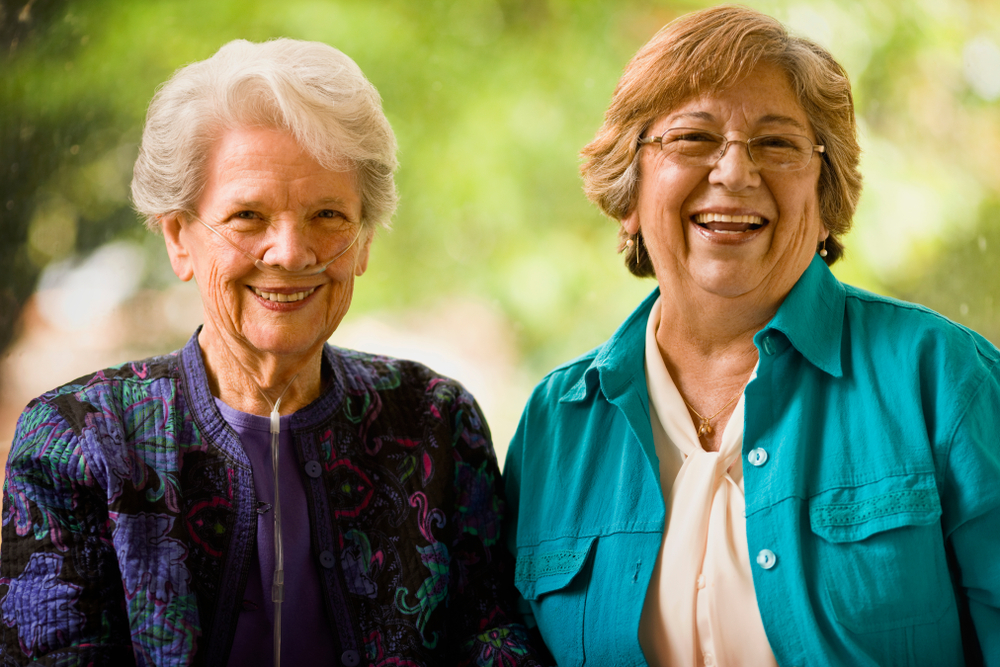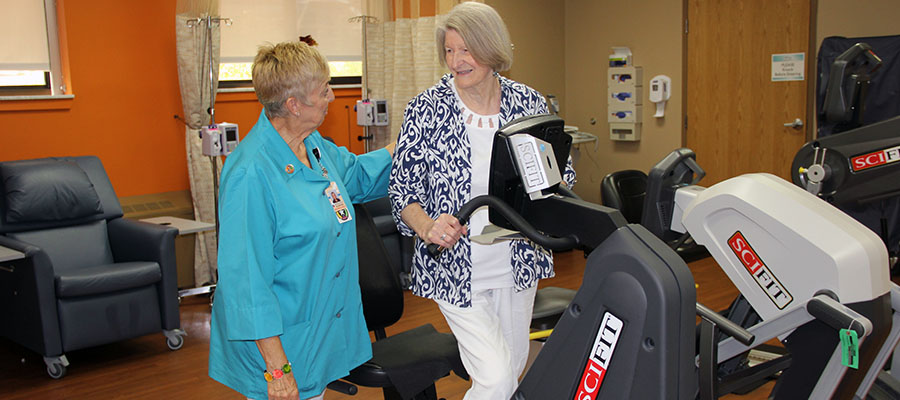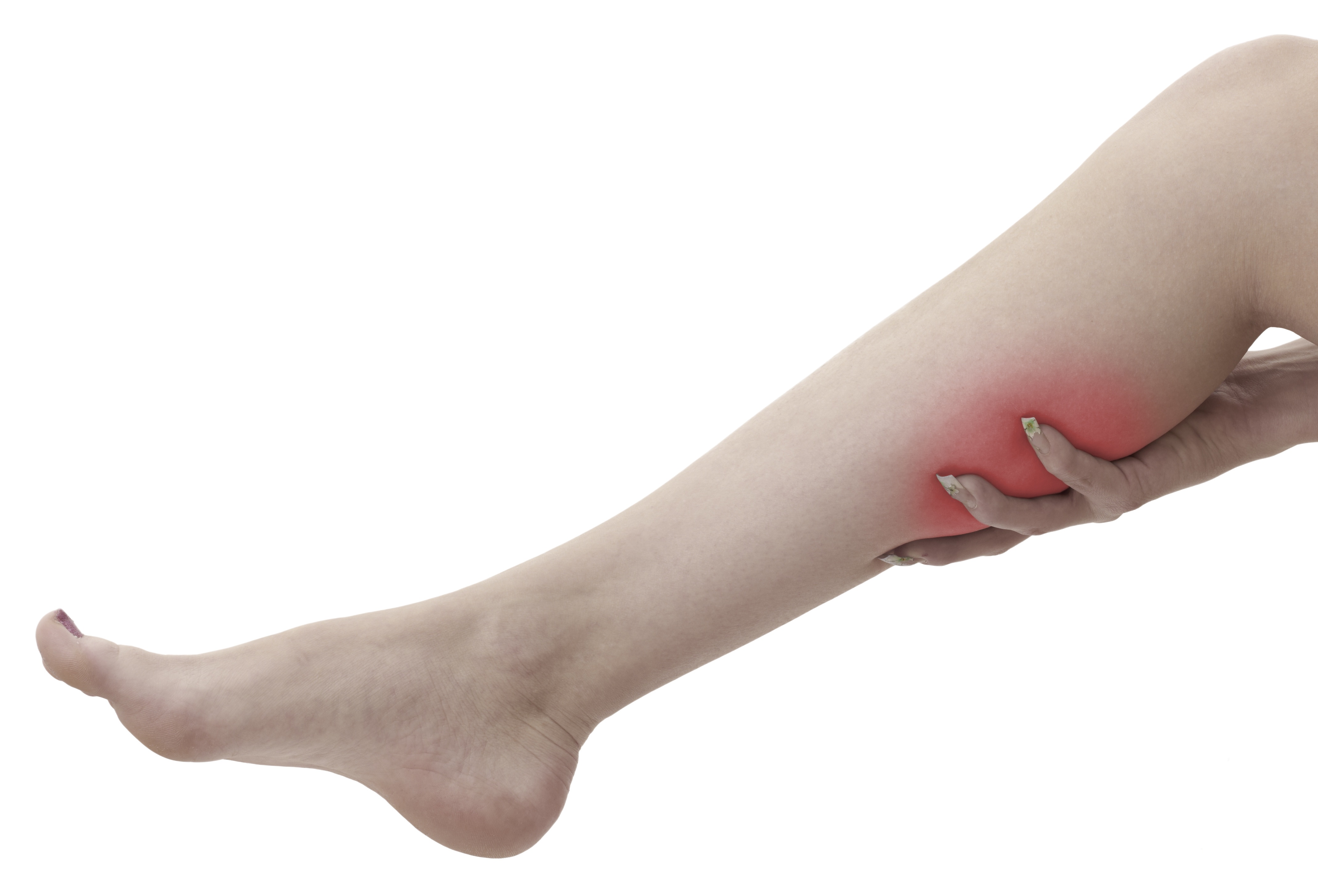September is Pulmonary Fibrosis Awareness Month – a time set aside to bring awareness of those who have been impacted by PF worldwide. Pulmonary fibrosis is a scarring of the lungs. Over time, the scar tissue can destroy normal lung tissue, making it difficult for oxygen to get into the bloodstream. Low oxygen levels and stiff scar tissue causes individuals to have shortness of breath, particularly when walking and exercising.
PF is not just one disease – it can also be linked to more than 200 different causes combined under the group of interstitial lung diseases (ILD). Although some interstitial lung diseases don’t cause scar tissue, when an ILD does scar the lungs, it’s identified as pulmonary fibrosis. According to the Pulmonary Fibrosis Foundation, one recent study estimated idiopathic pulmonary fibrosis affects 1 out of 200 adults age 60 and over in the United States – translating to more than 200,000 people living with PF today! Approximately 50,000 new cases are diagnosed each year, and as many as 40,000 Americans die from PF each year.
It can be challenging for doctors to figure out what causes pulmonary fibrosis. Sometimes they can identify one or more causes of the disease and other times the cause is unknown or “idiopathic”. Five main categories of identifiable causes of pulmonary fibrosis include drug-induced, radiation-induced, environmental, autoimmune and occupational. In the United States, environmental and autoimmune causes seem to be the most common types of PF.
The rate of progression of PF varies with every patient. To help individuals live longer and healthier lives, treatment often includes a combination of oxygen therapy, pulmonary rehabilitation and medications to help reduce inflammation and scarring. In addition, healthy lifestyle habits including diet, exercise, awareness about the disease, and assisting those living with PF can help. Many patients also find joining a local or online support group helpful.
Freeman Lung Institute specializes in high-quality care and offers information on the latest treatment and therapy options to help PF patients live a stronger life. Talk to your primary care physician about PF today or call our office! For more information, call 417.347.8315 or visit freemanhealth.com/lung.
About the Author
Grant Pierson, DO, specializes in Pulmonary and Sleep Medicine. He is currently seeing new patients at the Freeman Lung Institute.









